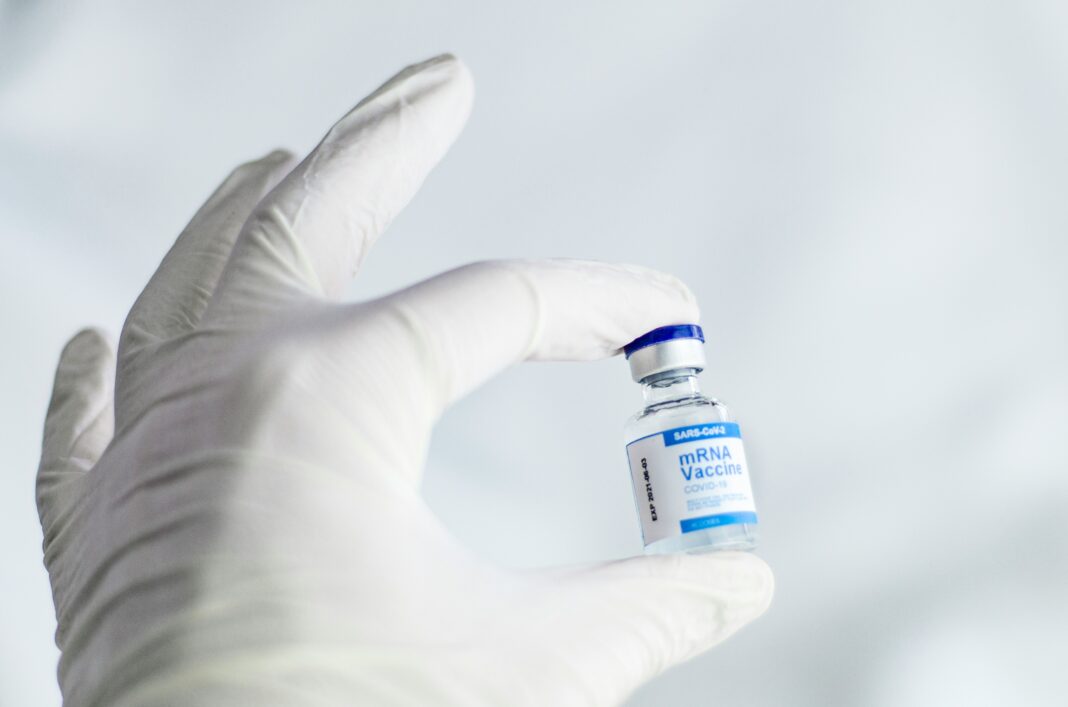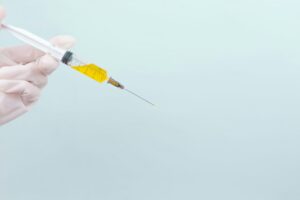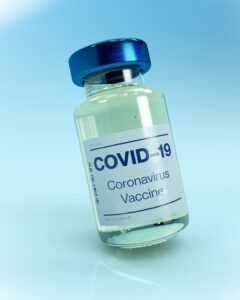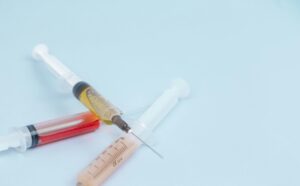
A History of Vaccination
It seems not long ago that COVID-19 was still around, forcefully interfering with almost every aspect of our lives, from visiting friends to even attending in-person classes. In 2020, not long after the initial outbreak of this pandemic, COVID-19 vaccination became available in Canada. Vaccines help us defend ourselves against the invasion of any hostile diseases like COVID by initiating an infection; they trigger our bodies’ immune defences, thus allowing our bodies to learn and remember how to deal with an actual, full-blown infection had the pathogens come. As one of the most impactful discoveries in human history, how were vaccines created and developed?

As early as the 10th century, in China, people have attempted to use the method of vaccine to develop natural immunity against diseases like smallpox. For instance, historical records suggest that back then, people used scabs from smallpox lesions to induce immune system responses in order to combat smallpox. This practice was referred to as variolation. Compared to naturally infected smallpox, which has a mortality rate of 20% to 30% of those infected, variolation does decrease the fatality rate to 2% to 3%.

In 1796, an English physician, Edward Jenner, conducted the experiment that laid the foundation for modern vaccines. At the time, he noticed that milkmaids who had been infected with cowpox previously, a disease similar to yet less severe compared to smallpox, seemed to have immunity against smallpox. To discover whether exposure to cowpox would protect individuals against smallpox, Jenner inoculated James Phipps, a young 8-year-old boy, with materials from cowpox sore. Later, Phipps showed immunity to smallpox despite showing local reactions. This groundbreaking experiment of Jenner determined the birth of vaccination.

In the 19th century, Louis Pasteur made another huge contribution to the history of vaccines. He produced vaccines in the laboratory for rabies and anthrax; these vaccines stimulate immunity using pathogens weakened so they cannot cause diseases. Even though Pasteur’s attempt to use the vaccines on humans failed, he demonstrated that vaccines can be used on diseases other than smallpox, largely expanding the application of vaccine developments.

When it comes to the 20th century, humanity witnessed the era of vaccinology golden age. Vaccines for diphtheria, tetanus, pertussis, and polio were developed, and they were instrumental in enormous improvements in public health. In 1967, the World Health Organization (WHO) started the smallpox eradication campaign; later in 1980, smallpox was eradicated through vaccination. It is the first disease to be globally eradicated—a historical milestone in public health.

From the history of vaccines, we see the magic of human creations, inventions, and discoveries. We see humanity’s resilience and innovation in the face of natural adversities like pathogens and diseases. The history of vaccines is filled with trials and errors, successes and failures, breakthroughs and collaborations. As we continue to address emerging public health issues and challenges, vaccines remain one of the most important milestones on humans’ battle against diseases.
Sources:
https://www.who.int/news-room/spotlight/history-of-vaccination/a-brief-history-of-vaccination#:~:text=Dr%20Edward%20Jenner%20created%20the,cowpox%20were%20immune%20to%20smallpox.&text=In%20May%201796%2C%20English%20physician,the%20hand%20of%20a%20milkmaid.
https://www.immunize.org/vaccines/vaccine-timeline/
